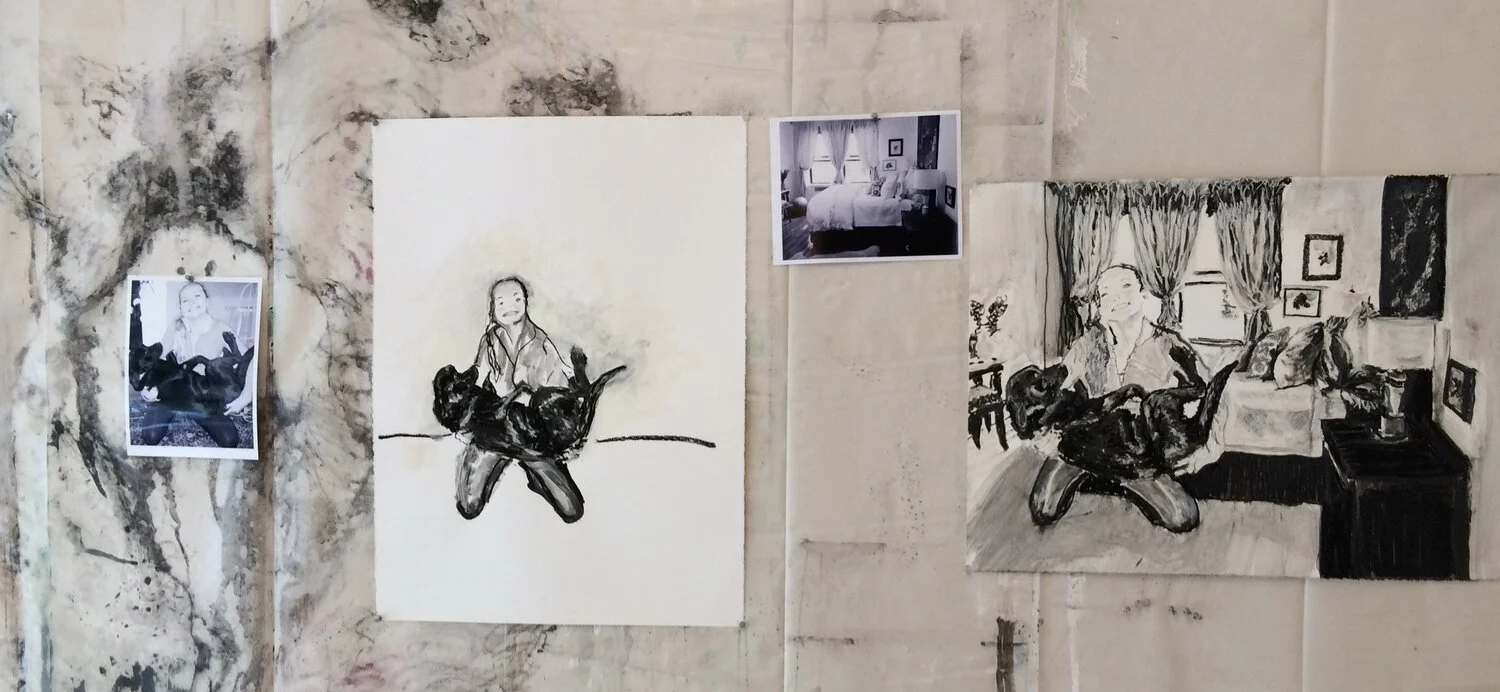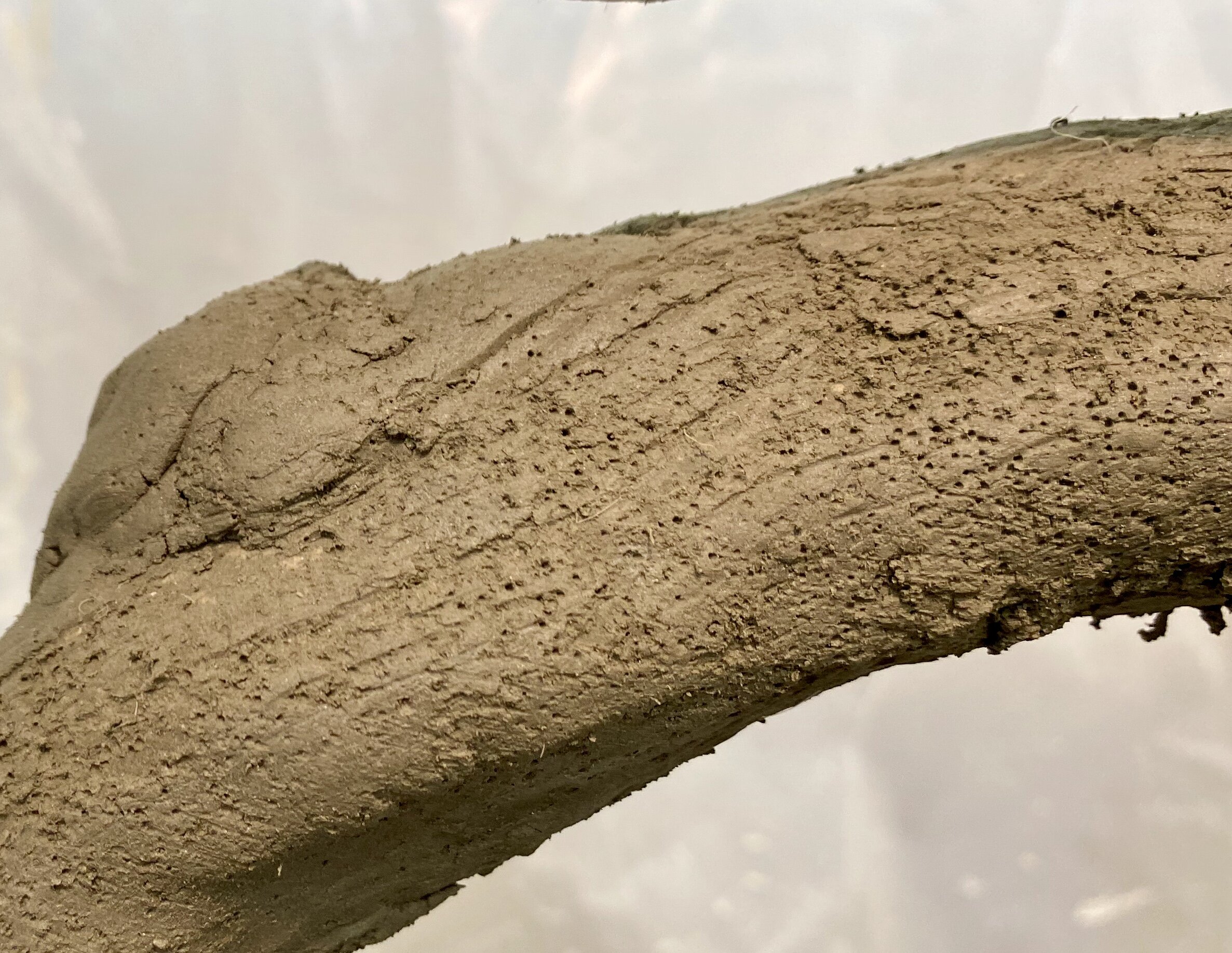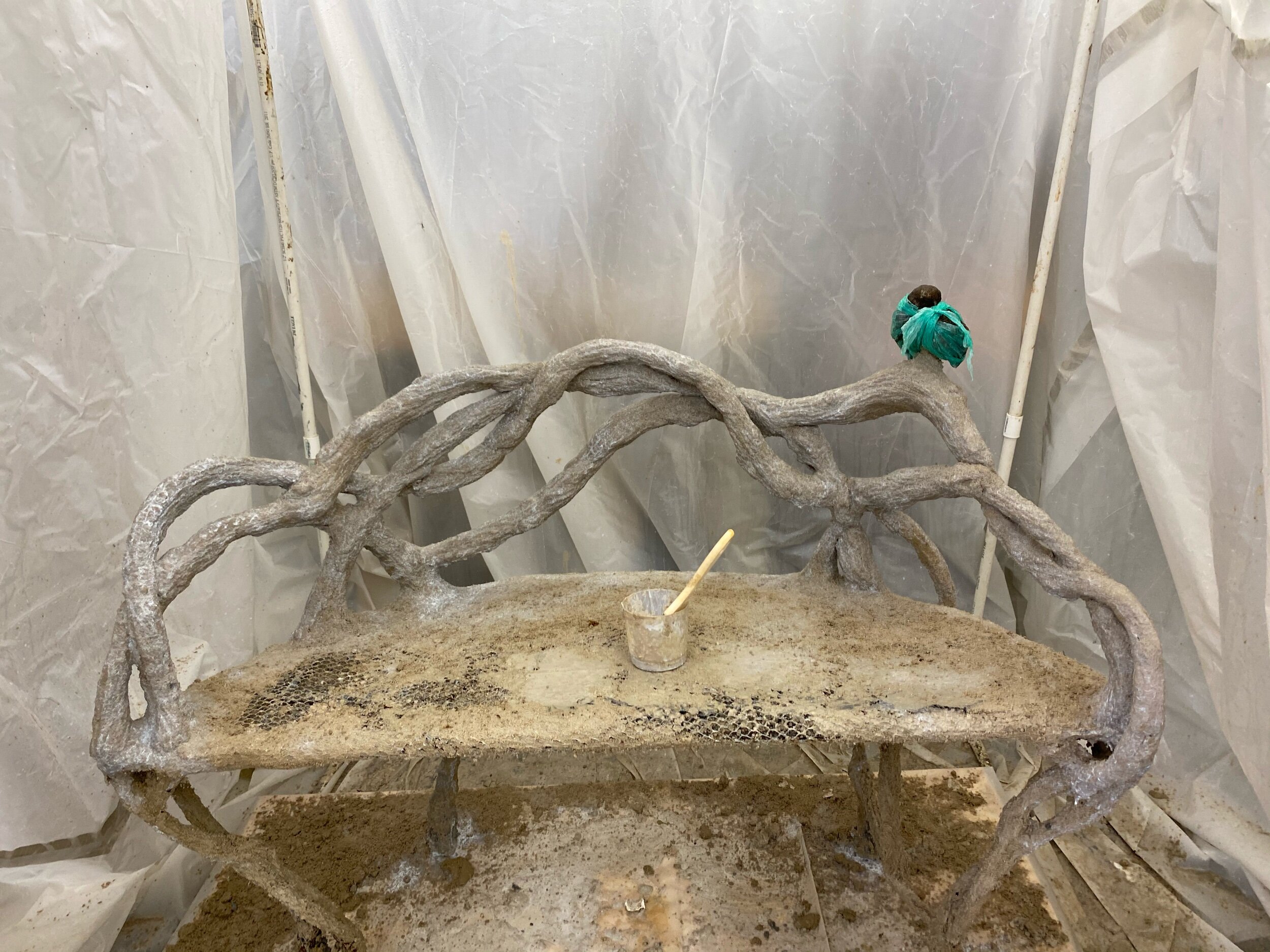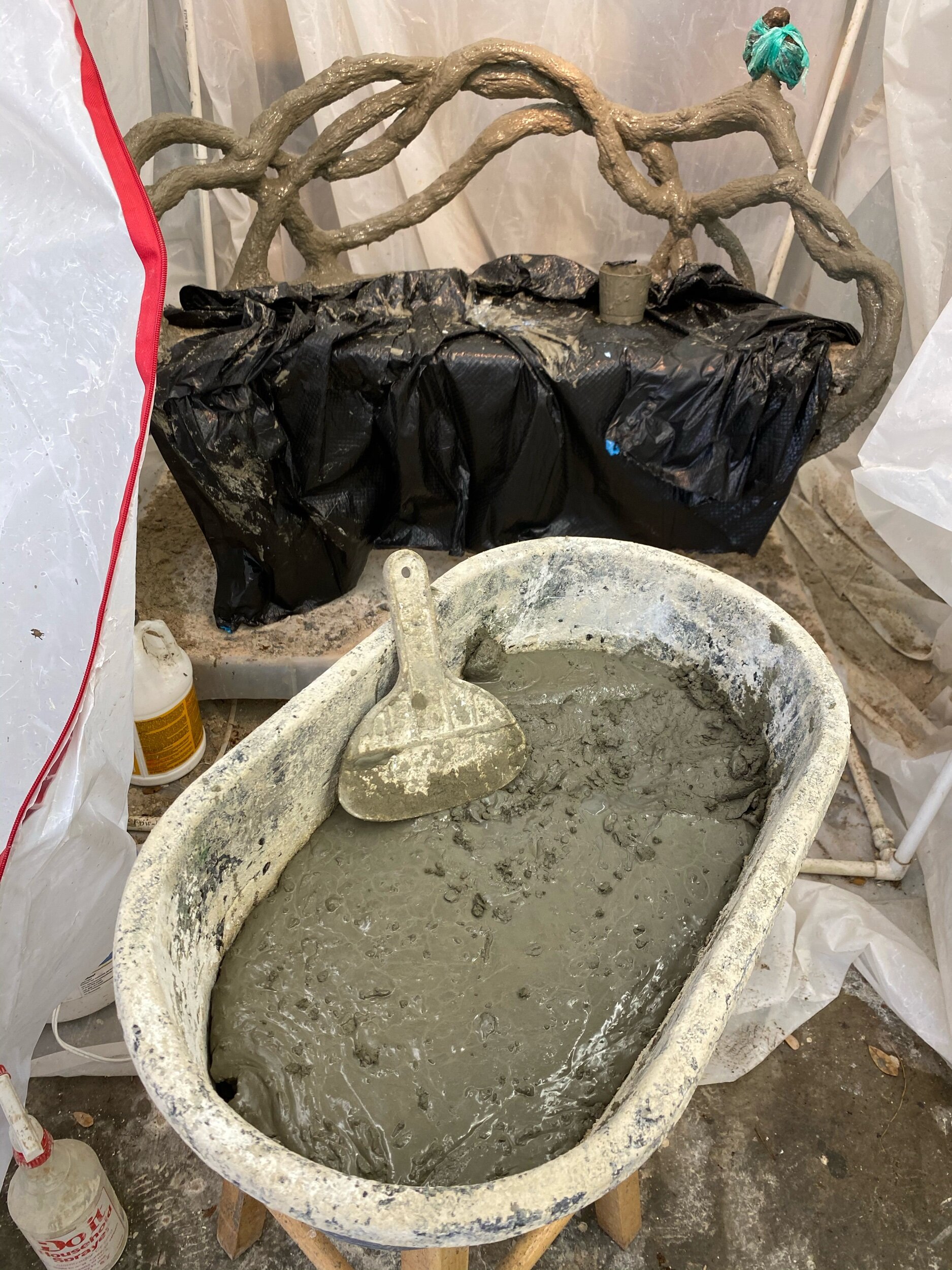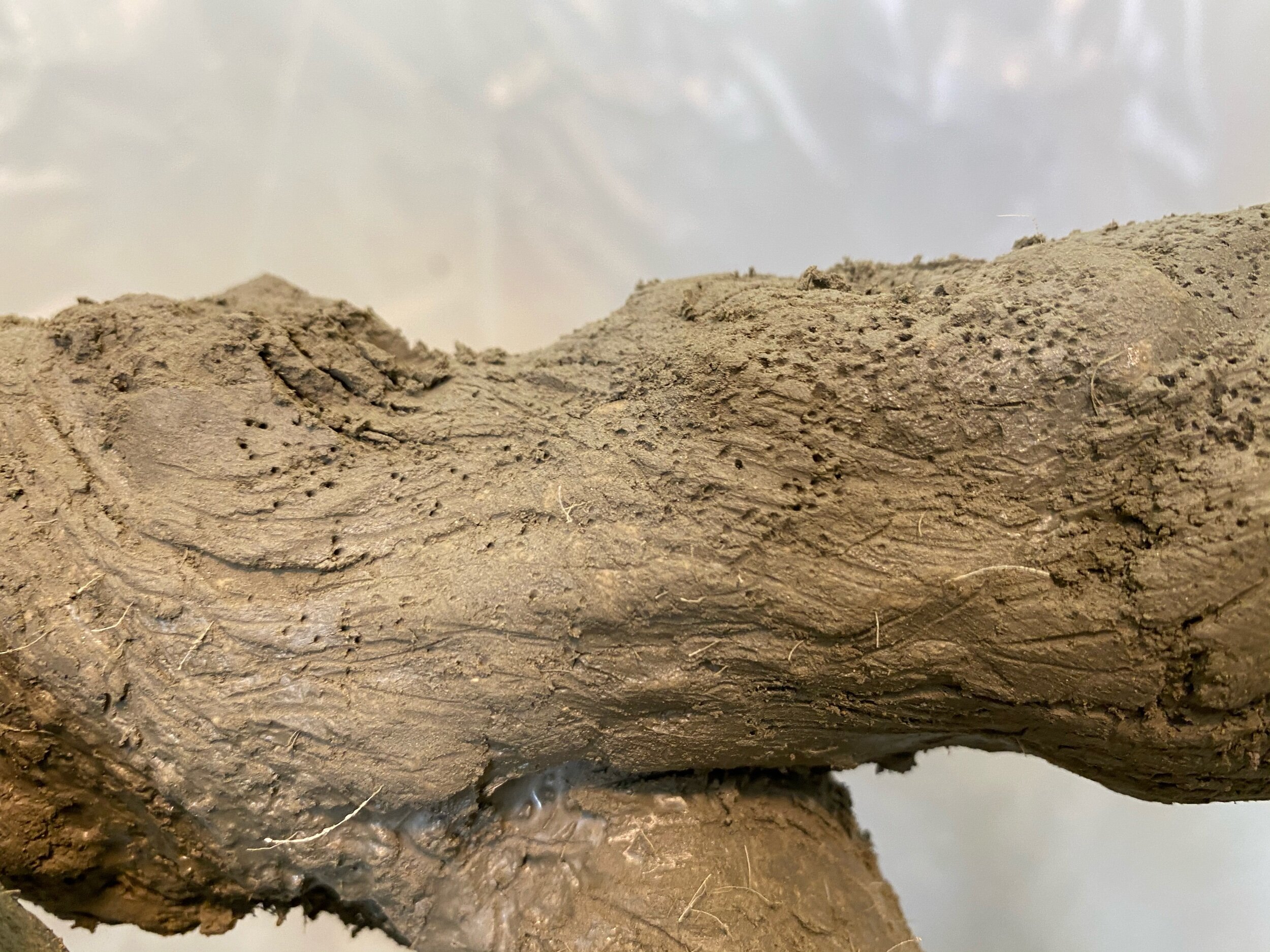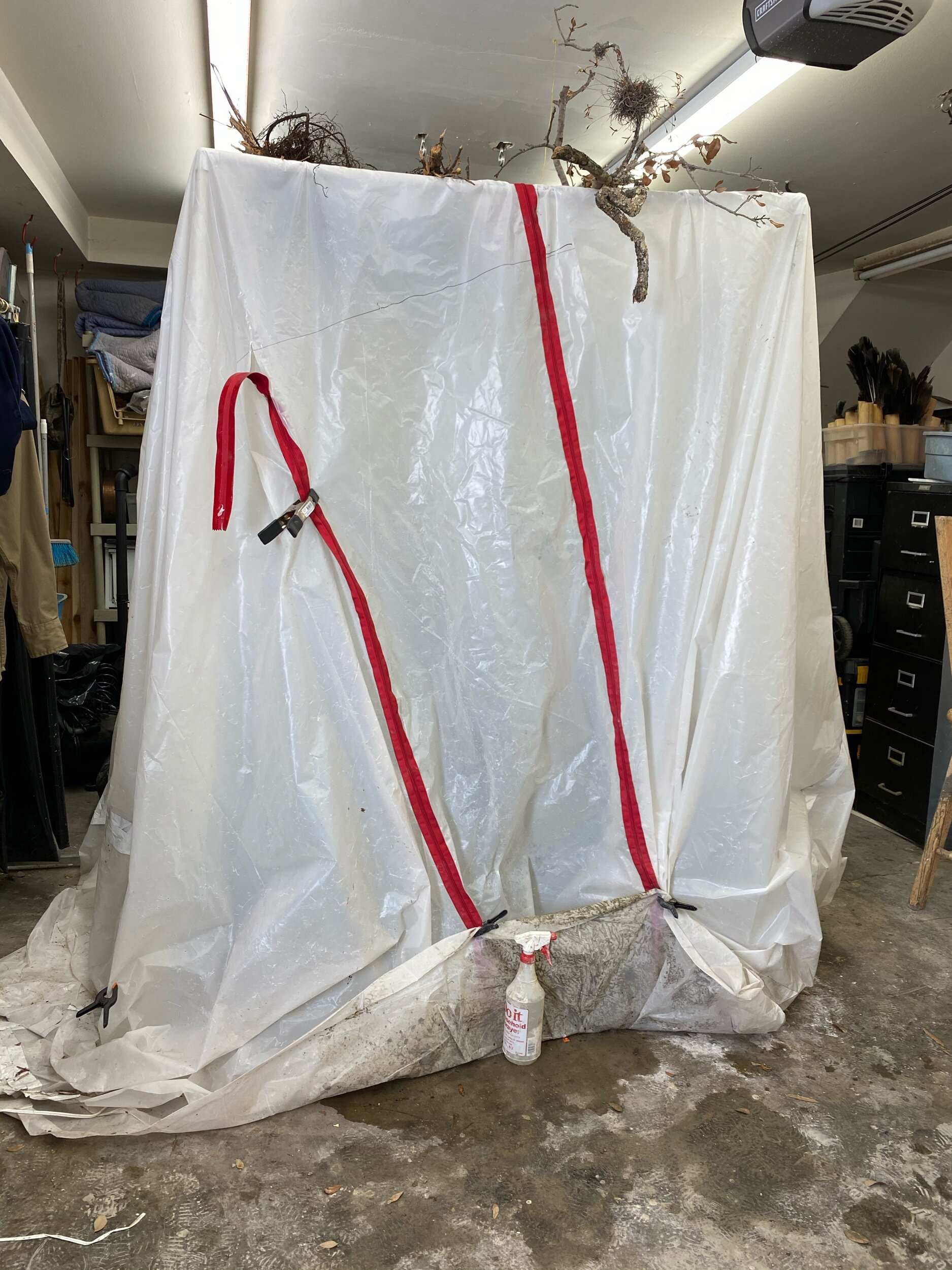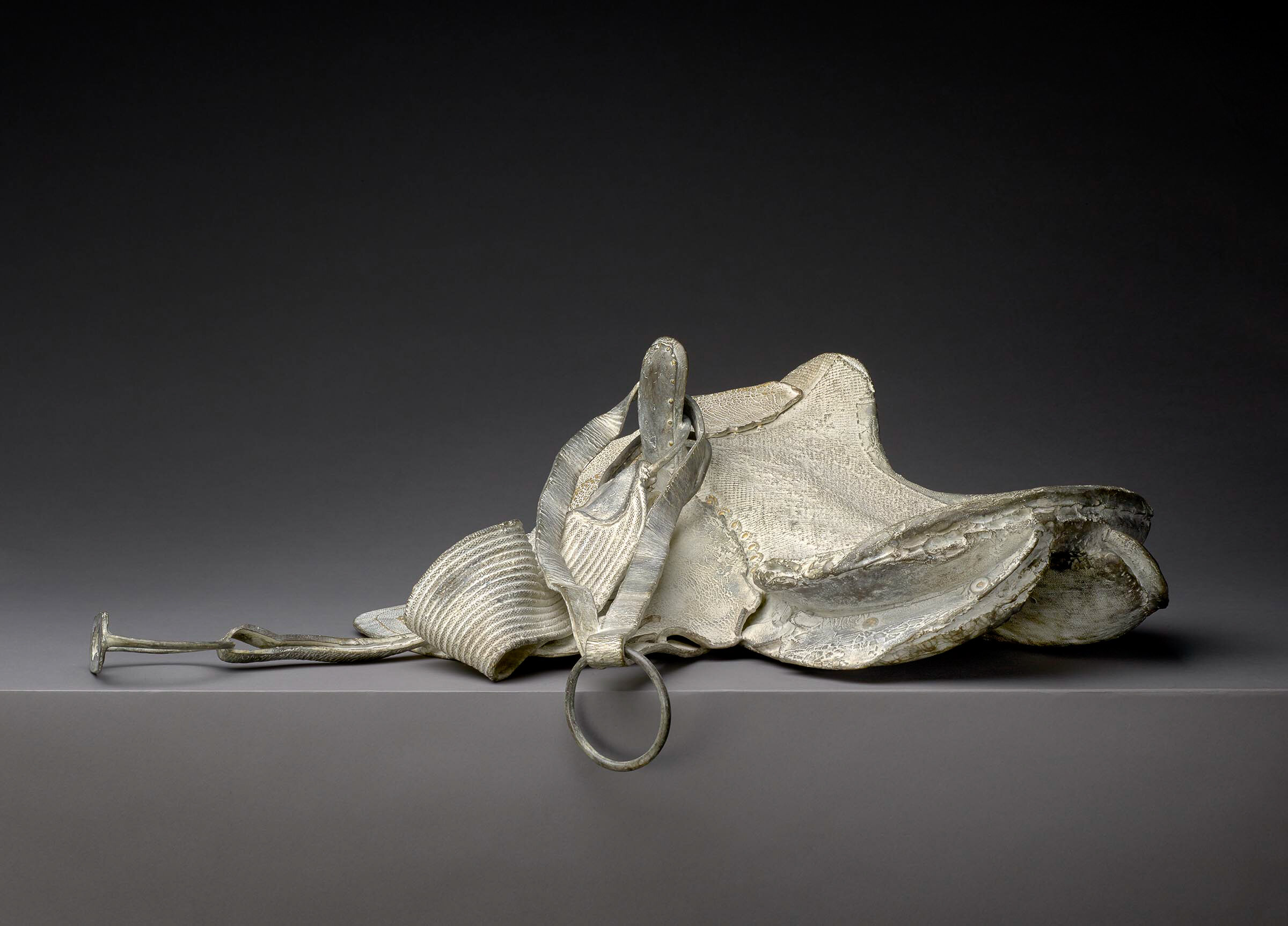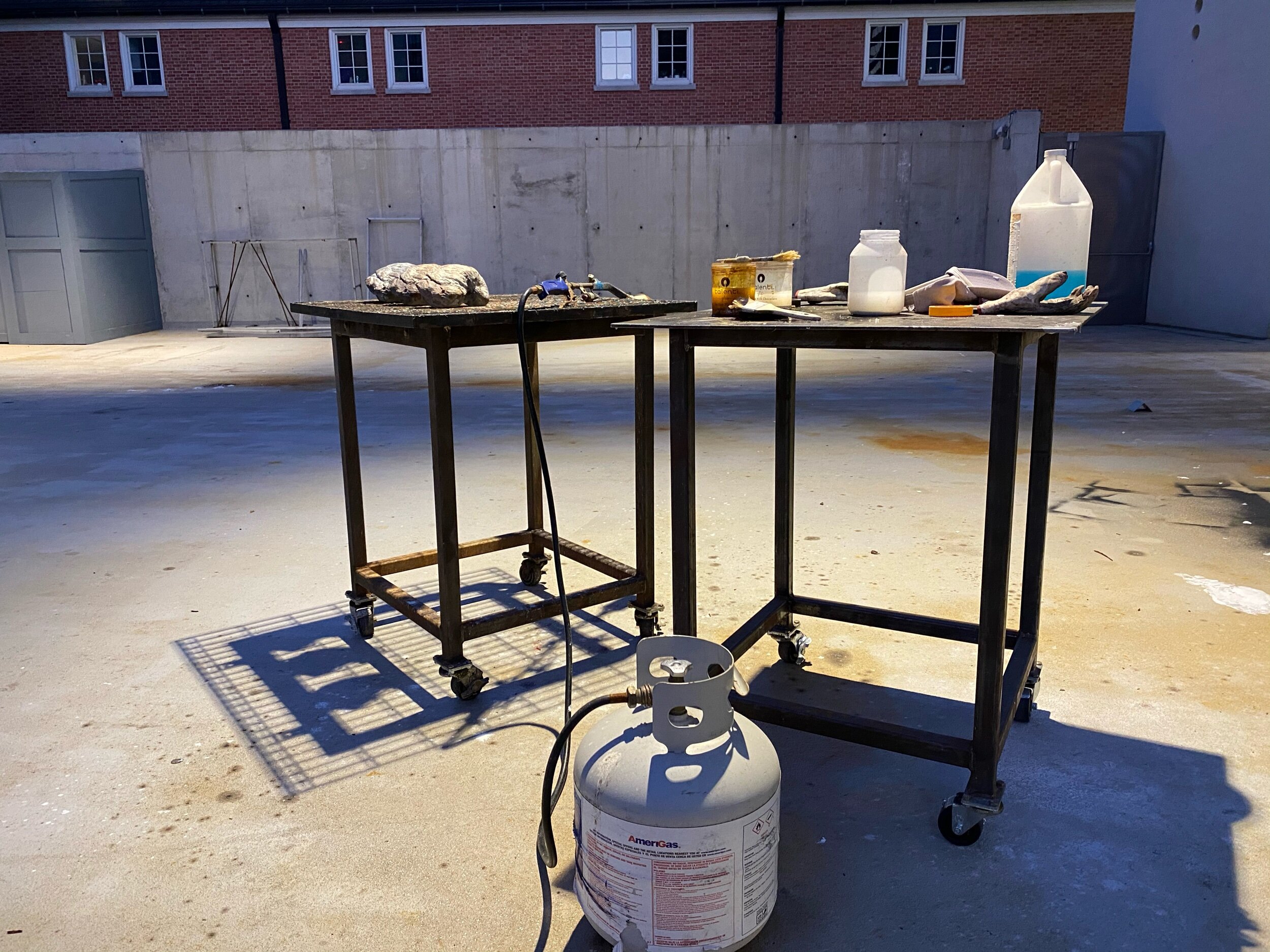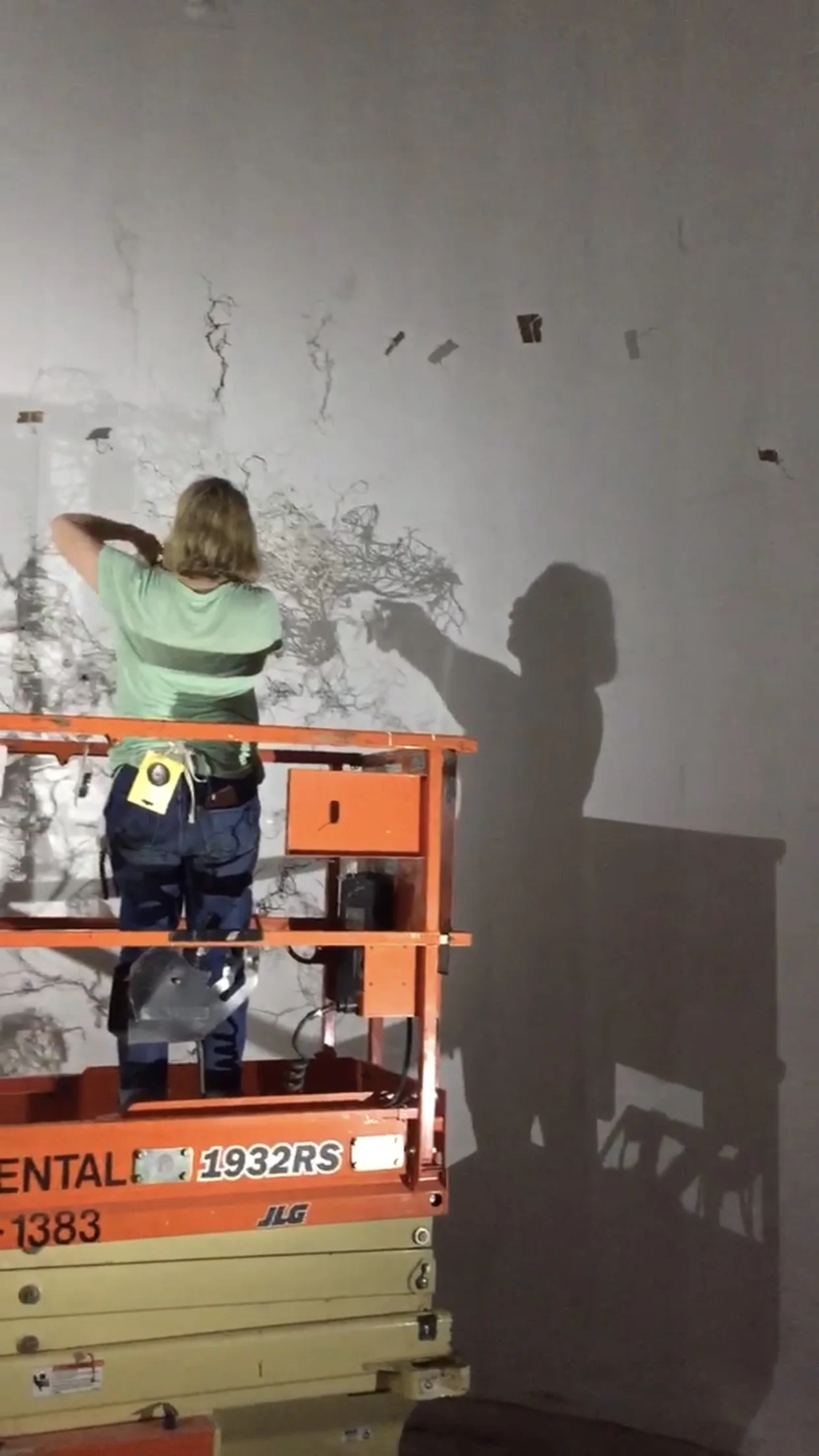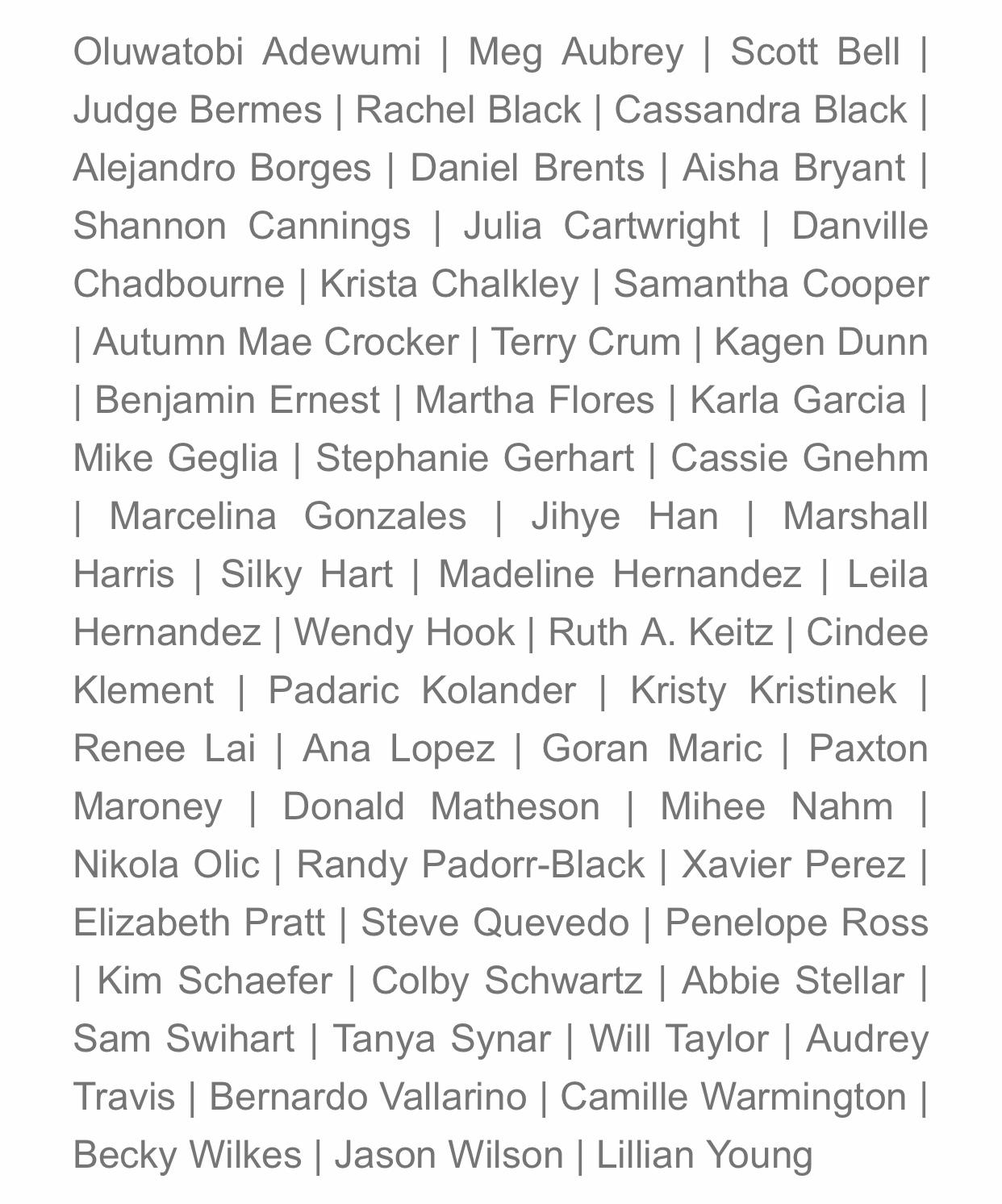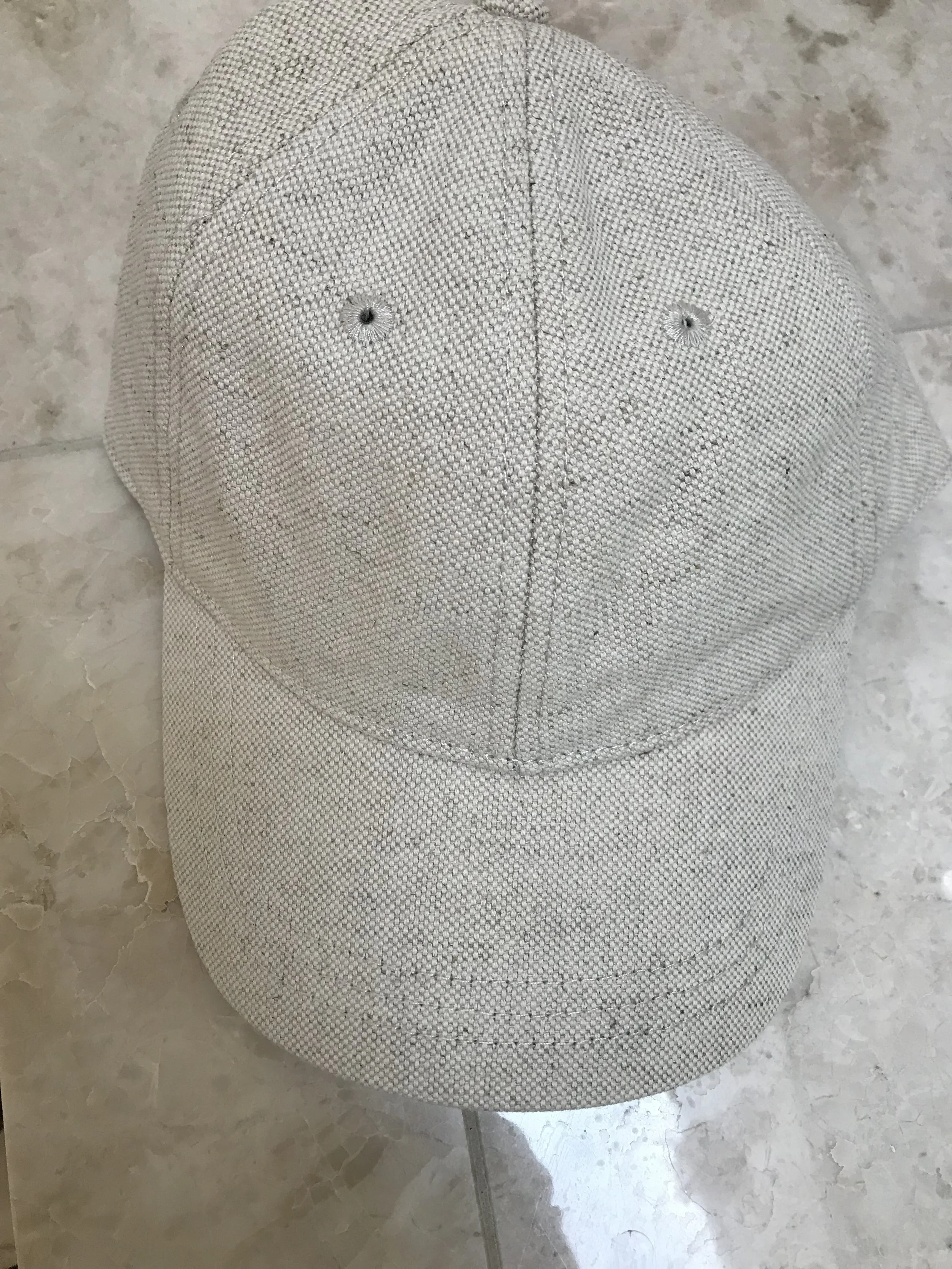I was not happy with the results of last Thursday's work on the upper branches. The concrete was not sticking to the scratch coat. Afterwards I went through the past blog posts for this piece and this is not the first time I have had trouble with the cement sticking. I made note that the liquid part of the concrete mix was too old. Good to know, the best part of a blog is the documentation of the work. As a result of the old liquid the branches ended up lacking detail. That is what happens when one takes multiple year's to finish one project. Today's work looks better. It does have it's share of wormholes and I love wormholes. I am a sucker for any piece of old wood eaten up by worms. That is the beauty of old wood.
Wormholes and knots
Below is a photo journal of the process.
Mixing the wet part of the concrete mix.
Mixing concrete is very similar to baking, you have to measure every ingredient precisely and mix them in the correct order.
A sound concrete mixer is a must; hand-mixing concrete is just too physical. I love this machine. Behind the mixer you can see roots for future bronze pieces drying on the plant trellis
Fifteen minutes of mixing the dry ingredients.
While I wait for the dry ingredients to mix I paint a bonding agent onto the scratch coat.
A close up of the white bonding agent after application.
All branches are coated with the bonding agent and drying while I check on the cement mixer.
When you look closely you can see the fibers I put in the concrete last week. The fiberglass fibers help the new layers of concrete bind to the last coat.
Just like in baking, you pour just a little wet ingredients in the middle of the dry ingredients.
I clip a cardboard door to the mixer, to keep the dust down.
The mixer kicks up a lot of dust.
Even before ppe was a thing, I wore a respirator and a head covering when mixing cincrete. There is nothing like shampooing concrete dust out of your hair.
Here the mix is starting to stick together and make marble and golf size balls. Ut us about 1/2 way ready.
Ready to start applying the concrete to the branches.
First, I mix a little concrete with the white bonding agent and make a slurry. I paint the slurry mud into the branches to help the first coat stick. Then I wait for it to get tacky.
Another detail look. Some of the fibers from the prior coat are still sticking out. That is ok, when I am finished I will take a small torch Abd burn them off.
My hydrating tent is getting a bit caddy campus.
Five more days of hydrating and then I pour the cement for the seat.
